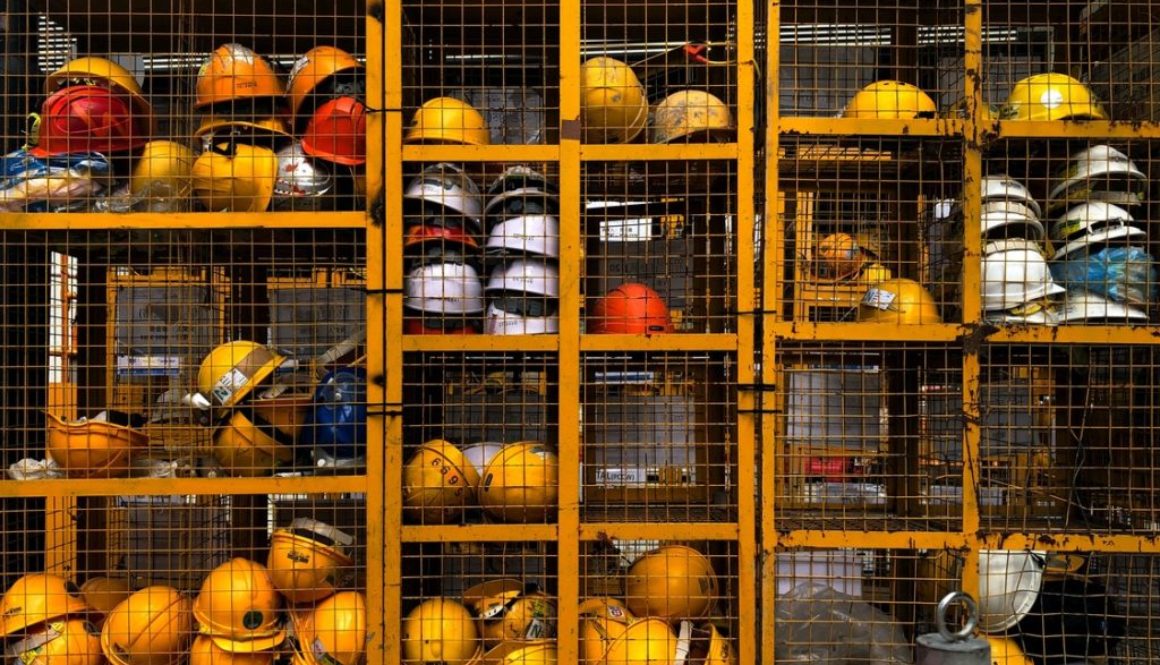The Paradox of Ultra-Safe Aviation Systems: A Balancing Act between Safety and Progress
In aviation, the pursuit of safety is not just a priority; it’s an absolute imperative. As technology evolves, aircraft manufacturers and aviation authorities strive to implement cutting-edge safety measures to protect passengers, crew, and assets. However, the paradox of ultra-safe aviation systems emerges, raising questions about the consequences of reaching an unprecedented level of safety. In this exploration, we delve into the intricacies of this paradox, examining how an excessive focus on safety might inadvertently hinder the aviation industry’s ability to measure, analyze, and enhance its systems. The Safety Dilemma in Aviation: Aviation safety is a multi-layered endeavour encompassing stringent regulations, advanced technologies, and meticulous training. Aircraft are equipped with redundant systems, automated safety protocols, and real-time monitoring to mitigate risks and respond swiftly to potential issues. While these measures are essential, the aviation industry faces a unique challenge: the safer our aircraft become, the fewer incidents occur, leading to a need for real-world data for analysis. In striving for ultra-safety, aviation systems may find themselves in a paradoxical situation. Safety measures designed to prevent accidents and incidents might require more critical data to identify potential vulnerabilities and continuously enhance safety protocols. The Data Vacuum in Aviation: The aviation industry […]


